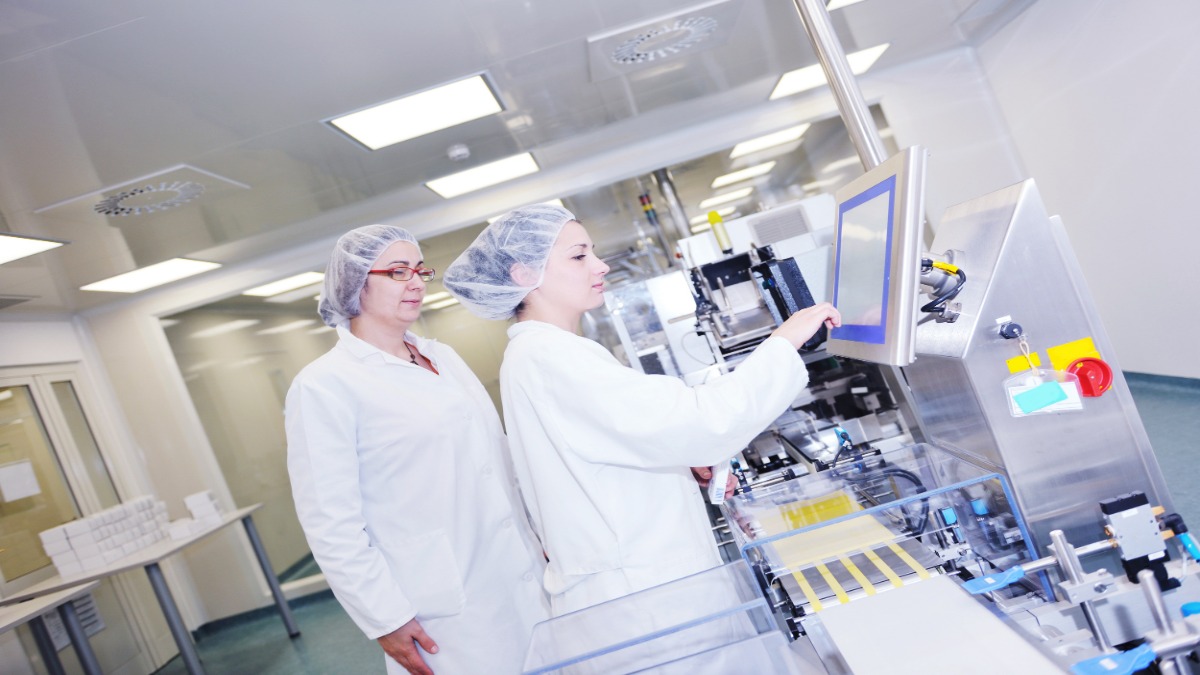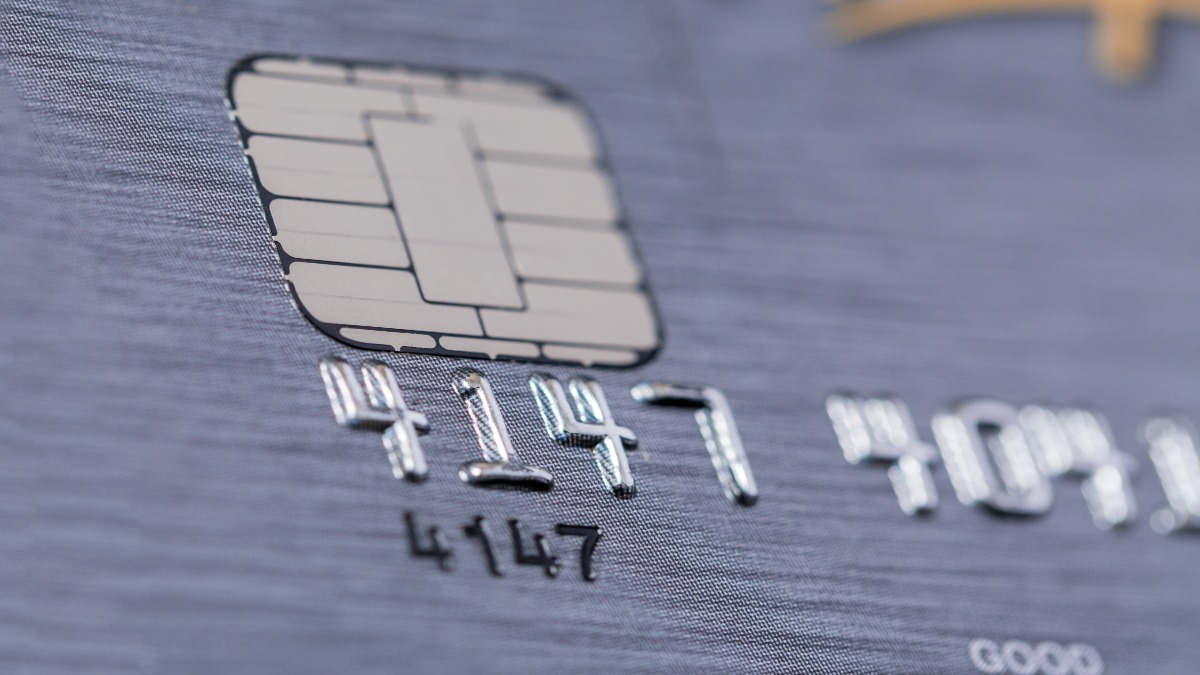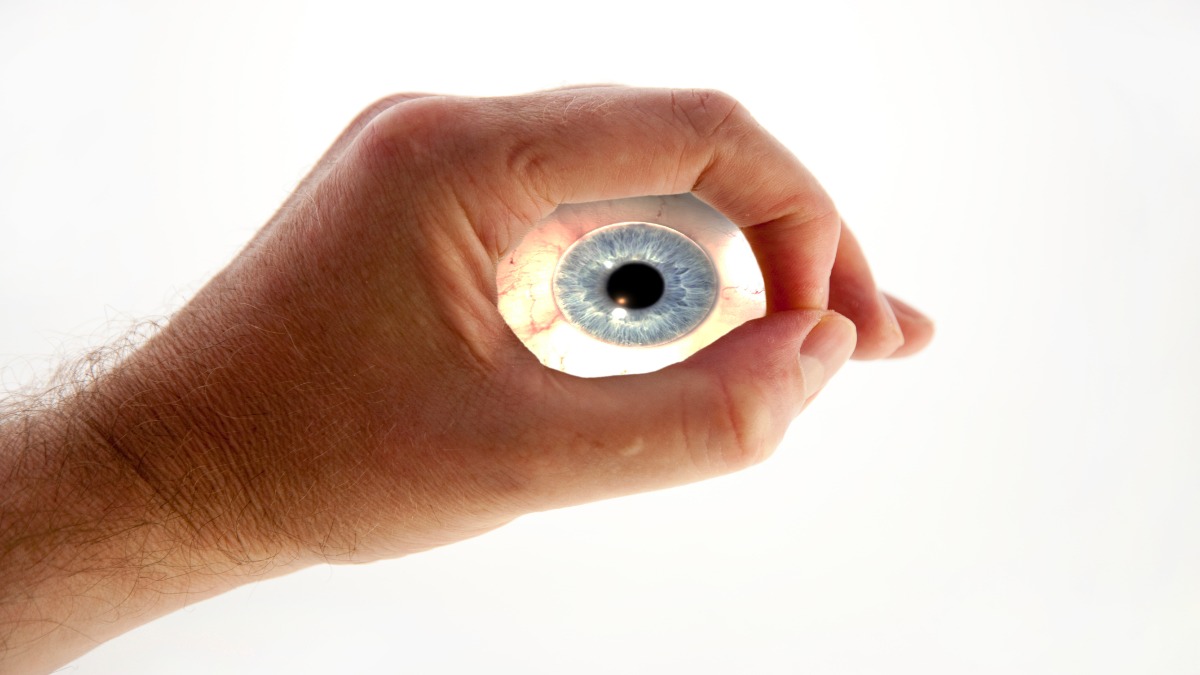FDA Cybersecurity regulations in medical devices is a tough topic! Consider the cardiac pacemaker, probably the most notable life-saving implantable medical device. Did you know that it is operated by a computer chip? Just like any other computer they can be vulnerable to cybersecurity breaches.
Experts Lee Neubecker and Sterling Medical Devices, top engineer, Keith Handler examine the FDA’s Cybersecurity quality system regulations, ISO standards, and guidelines followed by Sterling Medical Devices to ensure cybersecurity for all their devices.
Tune in to Part 2 of our 3 Part Series on Medical Devices
The FDA Cybersecurity Regulations: Medical Devices Video Transcript Follows.
Lee Neubecker (LN): Hi, I’m back on the show today with Keith Handler, Keith, thanks for being back on.
Keith Handler (KH): Thanks again for having me.
LN: And Keith, again, is from Sterling Medical Devices, and today we’re going to talk about what measures are in place, that the FDA imposes to help ensure cybersecurity on medical devices, especially safety of PHI, and safety of the operation of those devices for end-users. Thanks again for being here.
KH: Yeah, thanks for having me. So, cybersecurity. It’s a tough topic, and the FDA is still figuring out how exactly to deal with it. They have issued guidance that attempts to categorize how high the risk is of cybersecurity for a device and the basic standards you need to follow in designing, and testing, and documenting your processes for developing that device. That guidance is currently how we generally implement most of our analysis processes and controls. The FDA has chosen to recognize certain certifications, such as UL 2100-1-2.
LN: And what is UL 2100-1?
KH: 2100-1 is a certification for network-connected systems, as far as cybersecurity is concerned, and 2100-1-2 is a subset of that standard, specifically for medical devices connected to the internet or a network. Mostly that standard follows the 2100-1, with a couple of modifications, based on the fact that medical is safety-related.
LN: Have you seen any changes in the standard since the WannaCry attack that took out a lot of the UK hospitals?
KH: Nothing that I can point to specifically. You know, that really comes down to changing specific vulnerabilities, our knowledge about them, and the attack vectors that we know that are capable of executing these things, cataloging them, making sure that we plan for them in future designs.
LN: So I know Bluetooth is a protocol that’s vulnerable to exploitation. I think at one point in time, there was a warning that everyone should take their pacemaker and get it updated. Were you familiar with that?
KH: Yes.
LN: Can you tell people a little bit more about what happened?
KH: Yeah, well, in that specific case, I’m not actually 100% sure what occurred there, but most of the time your issues are, with a lack of authentication, a lack of encryption, you need to be sure that what the device is talking to on the other end is exactly who they expect it to be, what they expect it to be, and you have to make sure that that communication is secured and unchanged, unaltered. Typically, that’s done by using specific security libraries, integrating them in careful ways, making sure that all communication over the wire is encrypted, things like an asynchronous key generation.
LN: I think, just from my memory of events, one of the problems they discovered is that these protocols, there’s a period of time before authentication occurs, in the preamble when there’s broadcast of the Mac address, the wireless name, and whatnot, where there’s a potential to create an overflow situation, to actually compromise a device before encryption and authentication occurs.
KH: Yes, in certain system designs it is that way.
LN: And, unfortunately, these protocols are, you know, they’re everywhere. So, at the time, I believe that the chip makers and various equipment providers, not just only in the medical area, but across the board, had to create fixes that help protect against these types of cyber-attacks.
KH: Yes.
LN: So, you were talking about UL 2100-1-2, what about TIR57? Can you explain what that is?
KH: So, AAMI TIR57 describes how to marry up the processes of medical safety risk analysis and security analysis. It’s an attempt to show that the security analysis process is actually very similar and very familiar for anybody that’s done the safety risk analysis before. More of less, it takes ISO 14971 and applies security risk management to it with a mix of a little bit of some NIST standards in as well. But the general idea is to really categorize what assets you’re protecting in your system, and the known vulnerabilities that your system has, and then from there, you attempt to determine a list of known attack vectors and categorize the profiles of your possible attackers. With a combination of that type of information, you can assess what the real vulnerabilities and risks are for your system, and design in controls, from the ground up, to make sure that you’ve protected against them.
LN: Yeah, well, this is really fascinating stuff. I appreciate you being on the show, and I look forward to our next segment talking more about cybersecurity and how to keep these devices safe.
KH: Thanks again for having me, Lee.
Don’t Miss Part 1 of this 3-Part Series on Medical Devices
View Related Articles
To Learn More About Sterling Medical Devices
https://sterlingmedicaldevices.com/company/
FDA Cybersecurity Medical Devices Regulations
https://www.fda.gov/medical-devices/digital-health/cybersecurity







